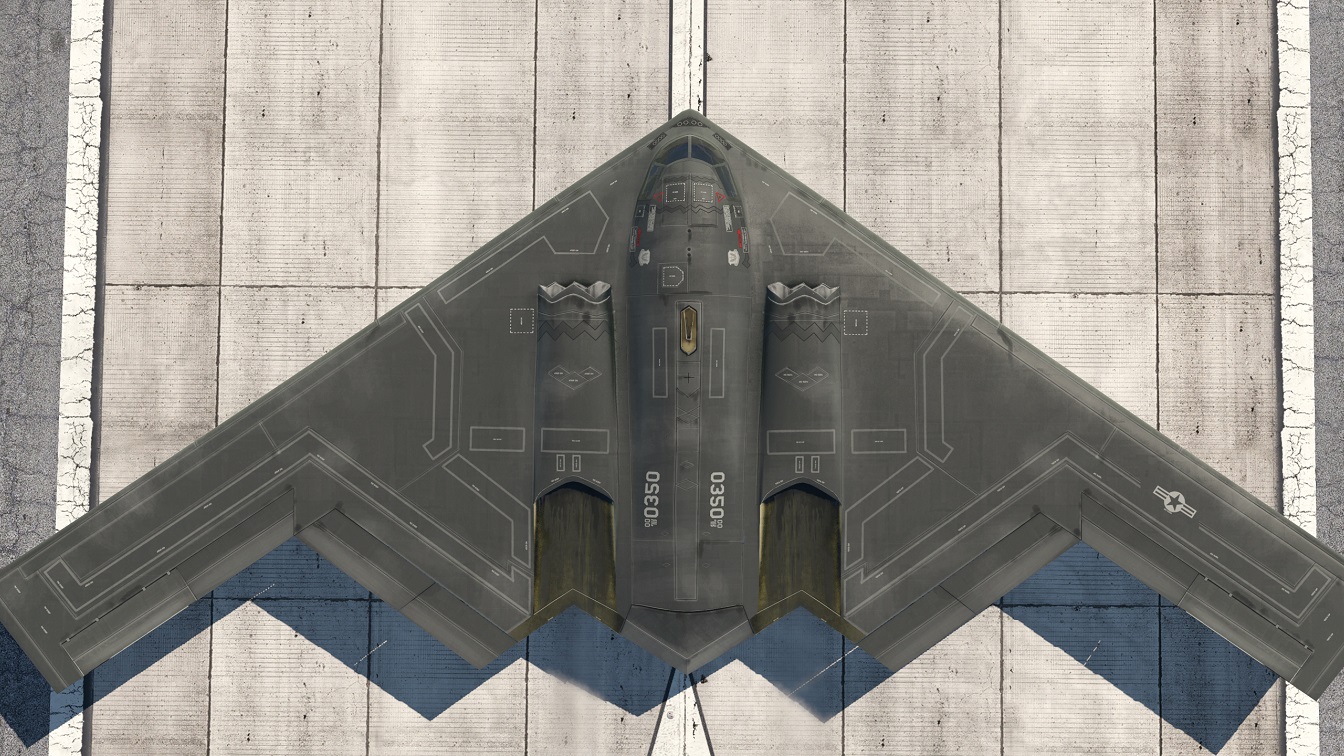In a move that Russia was indeed watching, a United States Air Force B-2 Spirit bomber flew from Keflavik Air Base, Iceland, to Orland Air Base, Norway, for a quick pit stop before taking to the air again.
The two-person crew certainly didn’t have time to take in the sights, at least not from the ground. The stealth bomber, which is home-based at Whiteman Air Force Base (AFB), Missouri, conducted the historic “hot pit” refueling in the Nordic nation on Tuesday.
It marked the first time the B-2 landed in Norway, signaling the shared commitment between the U.S. and the NATO ally to deter threats and strengthen the NATO Alliance.
Currently, three B-2 Spirit bombers are forward deployed from Whiteman AFB to Iceland, in support of Bomber Task Force Europe 23-4.
About 150 airmen from the 509th Bomb Wing deployed last month to Iceland in support of the overseas mission, Stars & Stripes reported. The brief stopover in Norway also marked the B-2’s first return to Europe since the wing’s last deployment to the Continent in 2021.
Fueling Up
The hot pit refueling technique involves an aircraft landing and then refueling without stopping its engines. The option to hot pit within NATO countries allows for the B-2 to expand its fuel range and minimize its time on the ground, the Air Force explained.
By exercising the ability to conduct hot pit refueling in strategic locations, the U.S. and its Allies will be able to increase combat airpower throughout the European theater.
“Hot-pit refueling emerges as a transformative tactic in bomber operations, promising heightened versatility,” said Gen. James Hecker, commander of U.S. Air Forces in Europe & Africa and NATO Allied Air Command. “This clever technique extends our reach, establishing temporary operational hubs at strategically chosen and even unpredictable locations. These adaptive capabilities are the core of modern airpower projection.”
The ability of U.S. forces and equipment to operate in conjunction with its Allies and partners around the world remains critical in bolstering an extended network of alliances and partnerships that are capable of decisively meeting the challenges of today and tomorrow, the service added.
“The long-range, penetrating strike the B-2 provides is a truly unique capability in the world; but long range requires a lot of gas. Honing our ability to interoperate with our allies and utilize partner-nation equipment and infrastructure to refuel can significantly reduce what we often call our ‘tanker bill;’ in some cases it could be the difference between mission success and failure,” said U.S. Air Force Lt. Col. Andrew Kousgaard, 393rd Expeditionary Bomb Squadron commander.
Spirit Back in the Sky
In May, the United States Air Force cleared the B-2 Spirit fleet to resume normal operations, more than five months after the stealth bombers were grounded due to an in-flight malfunction in December.
Throughout the six-month-long “safety pause,” the service had said that the bombers – which are a key component of the country’s nuclear triad – could still be employed if absolutely necessary. The return to flight was approved by Gen. Thomas A. Bussiere, head of the Air Force Global Strike Command.
U.S. Air Force officials have thus far declined to say what the safety issue was or what was done that has now allowed the B-2 to resume its normal flight operations. But as noted by this recent deployment, the Spirit is back in the sky.
Author Experience and Expertise: A Senior Editor for 19FortyFive, Peter Suciu is a Michigan-based writer. He has contributed to more than four dozen magazines, newspapers, and websites with over 3,200 published pieces over a twenty-year career in journalism. He regularly writes about military hardware, firearms history, cybersecurity, politics, and international affairs. Peter is also a Contributing Writer for Forbes and Clearance Jobs. You can follow him on Twitter: @PeterSuciu.
From the Vault
The Navy Sent 4 Battleships To Attack North Korea
‘Sir, We Hit a Russian Submarine’: A U.S. Navy Sub Collided with a Nuclear Attack Sub

